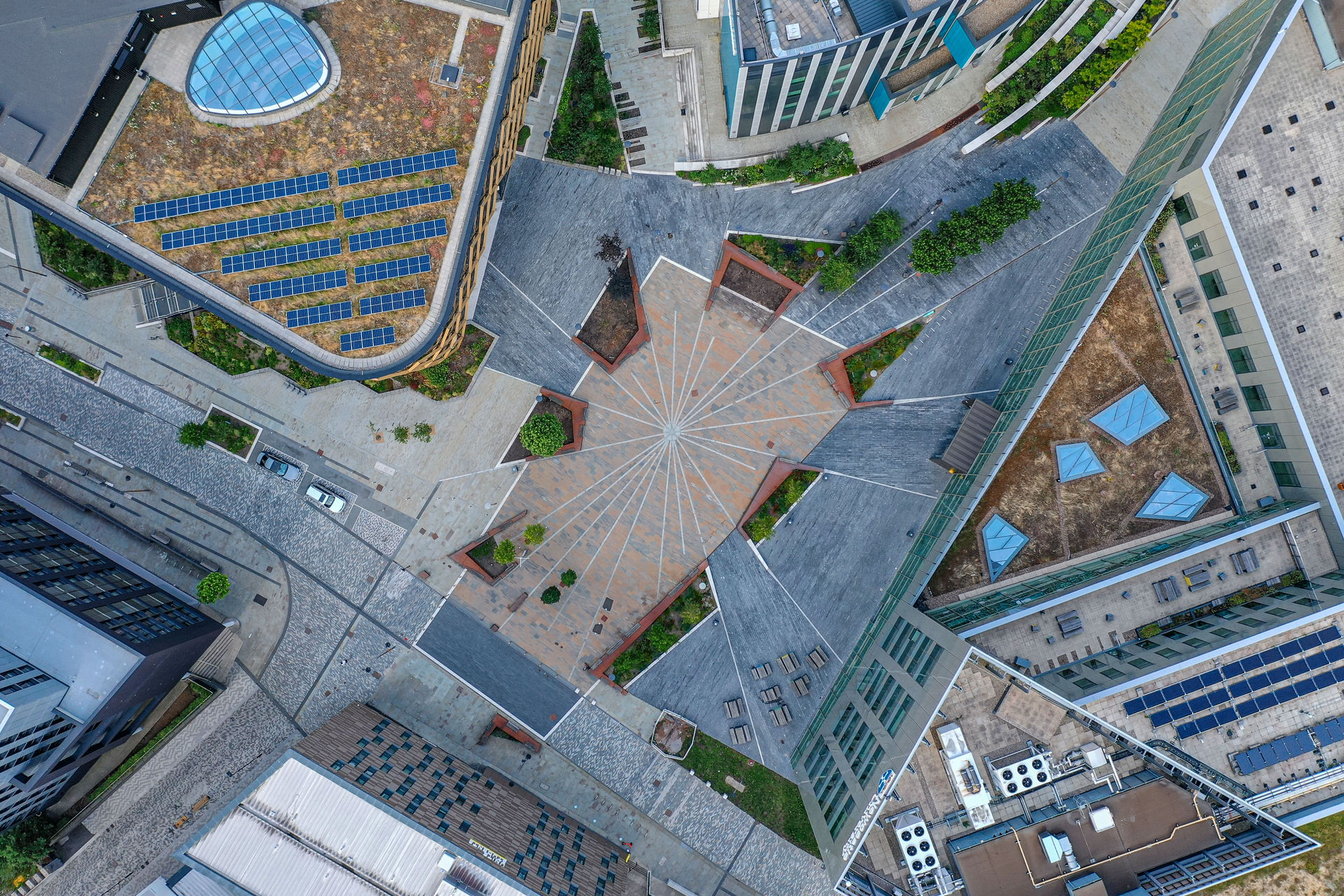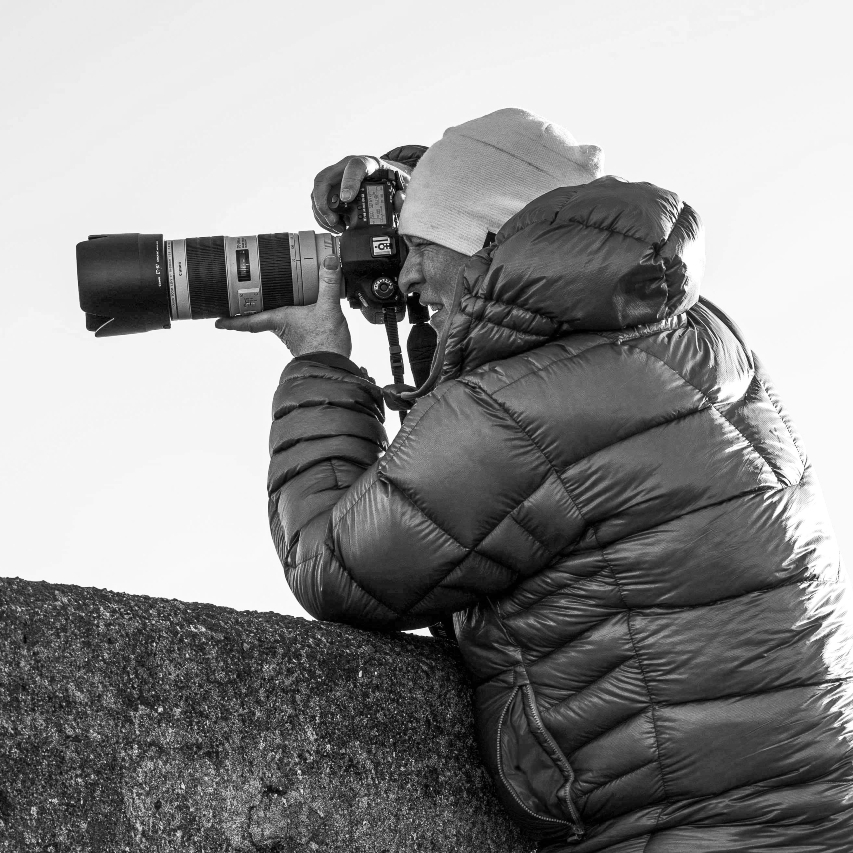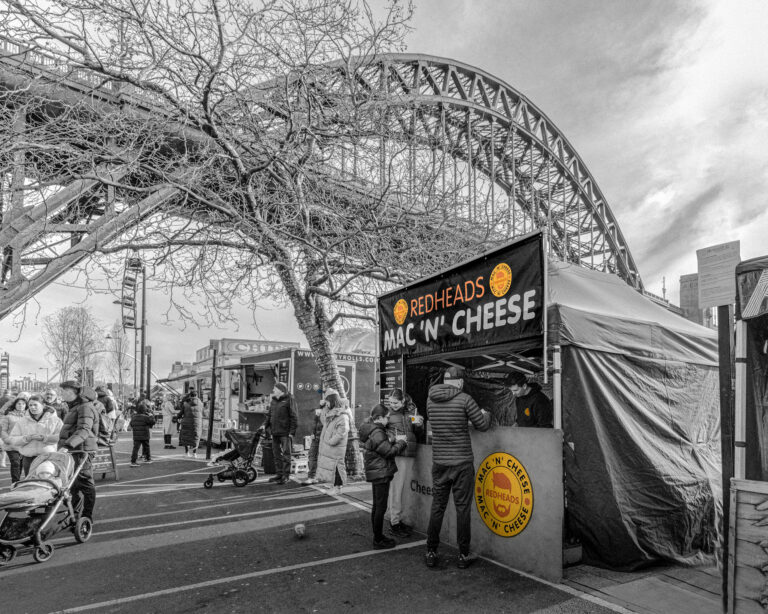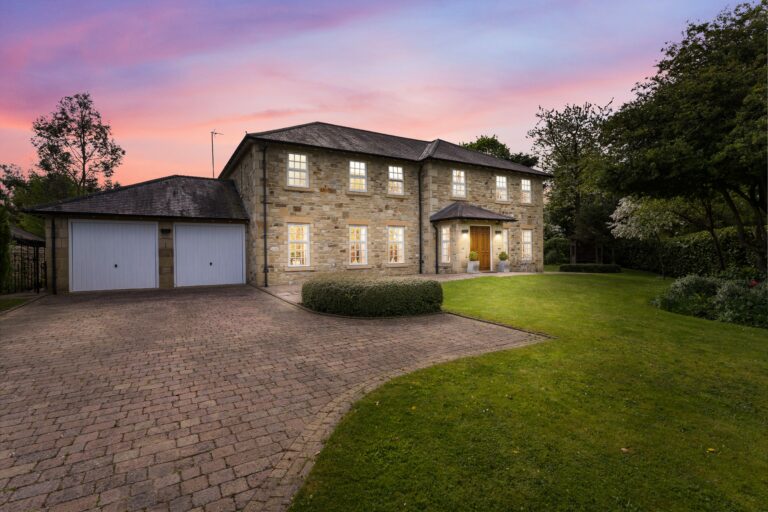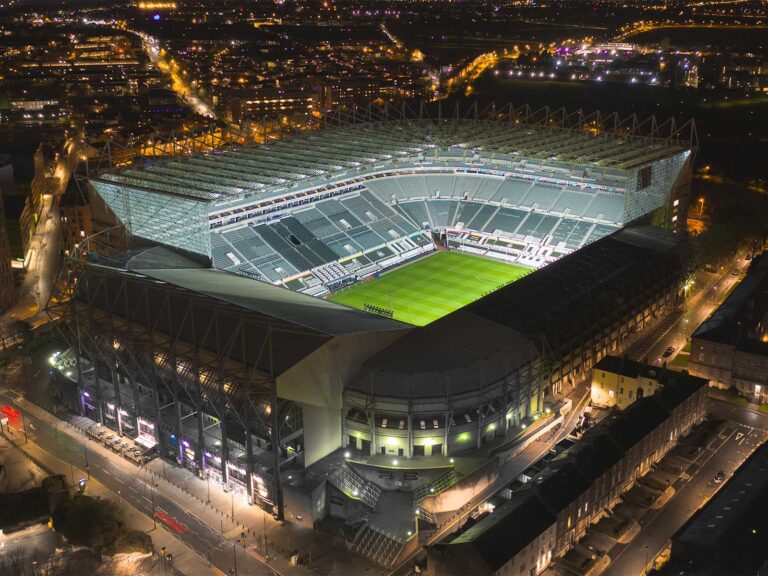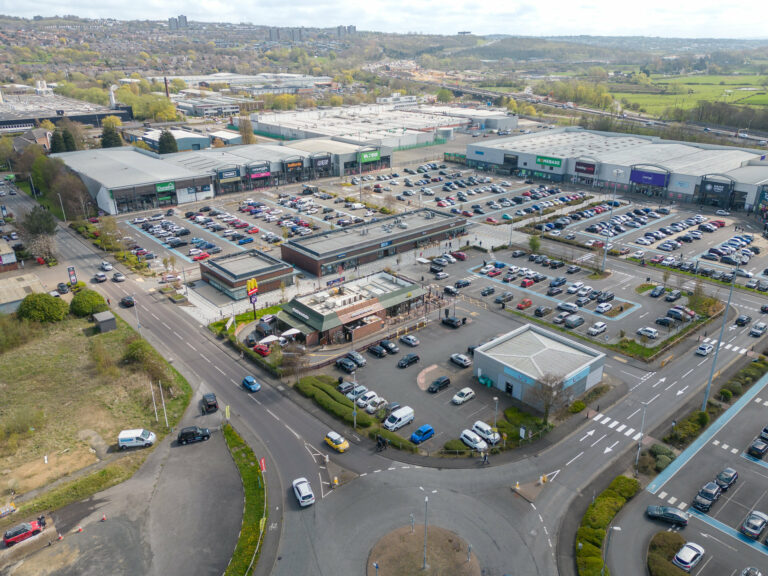Welcome to the mesmerising world of aerial photography
Welcome to the mesmerising world of aerial photography, where the beauty of the Earth is unlocked from a whole new perspective. In this article, we will delve into the art of capturing stunning aerial photos and videos, and how Elemental Photography can help you unlock this world of wonders.
The Importance of Natural Light in Aerial Photography
Natural light is a key element that can make or break an aerial photograph, as it has the power to transform the ordinary into the extraordinary. Understanding its importance and harnessing its magic is crucial for capturing breathtaking aerial shots.
When it comes to aerial photography, the right lighting can enhance the depth and dimension of the landscape, making specific features stand out in all their glory. The golden hues of sunrise or sunset can cast a warm, ethereal glow on the land below, creating a mesmerizing visual spectacle. Clear, sunny days provide optimal conditions for capturing the perfect light, accentuating the textures and colors of the landscape.
Timing is also crucial when it comes to natural light photography. The angle and quality of light change throughout the day, impacting the overall mood and atmosphere of the image. The early morning and late afternoon hours, often referred to as the “golden hour,” offer soft, diffused light that can add a touch of magic to your aerial shots. It’s during these times that shadows are longer, creating depth and adding interest to your compositions.
“The quality of light is more important than the quantity of light.” – Joe McNally
As renowned aerial photographer Yann Arthus-Bertrand once said, “The Light makes photography. Embrace light. Admire it. Love it. But above all, know light. Know it for all you are worth, and you will know the key to photography.” Arthus-Bertrand’s masterful compositions showcase the beauty and complexity of the Earth, reminding us of the importance of environmental awareness and conservation.
The Art of Capturing Light from Above
- Choose the right time: Plan your aerial photography sessions during the golden hour to capture the most enchanting light.
- Study weather conditions: Keep an eye on the forecast to ensure clear, sunny days, as they provide the best lighting conditions.
- Experiment with angles: Explore different perspectives to take full advantage of natural light and create dynamic compositions.
- Use filters: Neutral density (ND) filters can help balance the exposure and control the intensity of light, adding drama to your aerial shots.
- Embrace shadows: Shadows can add depth and drama to your images. Play with light and shadow to create captivating scenes.
- Post-processing: Enhance the natural light in your aerial photographs by adjusting brightness, contrast, and saturation in post-processing.
By mastering the art of capturing natural light from above, you can unlock a world of stunning aerial photography, capturing moments that are both breathtaking and awe-inspiring.
Showcasing the Work of Aerial Photographer Yann Arthus-Bertrand
Step into the captivating world of aerial photography through the lens of one of the greatest photographers of our time, Yann Arthus-Bertrand. His artistic vision and deep appreciation for the Earth’s wonders have resulted in awe-inspiring aerial photographs that leave viewers in awe and inspire a sense of environmental responsibility.
With a career spanning over three decades, Arthus-Bertrand’s aerial photos showcase the beauty and complexity of our planet. His unique perspective and composition capture stunning landscapes, intricate patterns, and breathtaking natural formations that often go unnoticed from the ground. By elevating his camera to the skies, he unveils hidden details, revealing the Earth’s true grandeur.
Arthus-Bertrand’s work goes beyond just capturing stunning imagery. Through his aerial photography, he aims to raise environmental awareness and promote conservation. His photographs serve as a powerful reminder of the delicate balance of our planet and the need to preserve and protect it for future generations.
Arthus-Bertrand’s aerial photographs are not just visually stunning; they are a call to action. They compel us to appreciate the beauty of our Earth and reflect on the impact of human activities on its fragile ecosystems. His work serves as a testament to the power of aerial photography in fostering environmental consciousness and inspiring positive change.
Types and Applications of Aerial Photography
Aerial photography is a versatile tool that serves various purposes, ranging from capturing stunning visuals for artistic expression to providing valuable insights in military and scientific fields. Let’s explore the different types and applications of this captivating art form.
Types of Aerial Photography
- Vertical Aerial Photography: Vertical aerial photography involves capturing images straight down from the sky, providing a top-down view of the subject. It is commonly used in cartography, urban planning, and environmental monitoring.
- Oblique Aerial Photography: Oblique aerial photography captures images at an angle, creating a more three-dimensional perspective. It is often used in architectural photography, real estate marketing, and tourism promotion.
- Nadir Aerial Photography: Nadir aerial photography captures images at a 90-degree angle, resulting in a straight-down view. It is commonly used in aerial surveys, mapping, and land management.
Applications of Aerial Photography
- Artistic Purposes: Aerial photography allows artists and photographers to create unique and captivating visual representations of the world from above. It offers a fresh perspective and a sense of scale and beauty that traditional photography cannot achieve.
- Commercial Purposes: Aerial photography is widely used in commercial industries such as real estate, tourism, construction, and advertising. It helps showcase properties, landscapes, and products in a visually appealing and compelling way.
- Military Uses: Aerial photography plays a crucial role in military operations, providing reconnaissance, surveillance, and intelligence gathering capabilities. It aids in mapping enemy territory, identifying targets, and assessing battlefield conditions.
- Scientific Uses: Aerial photography contributes to various scientific disciplines, including environmental monitoring, archaeology, geology, and biology. It helps researchers study changing landscapes, detect environmental changes, and analyze patterns and behaviors in natural systems.
Aerial photography has revolutionized the way we view and understand the world around us. It offers a unique perspective and opens up a realm of possibilities for artistic expression, commercial applications, and scientific exploration. Whether it’s capturing breathtaking landscapes, assisting in military operations, or providing valuable insights for research, aerial photography continues to expand its horizons.
Tips and Considerations for Successful Aerial Photography
To capture breathtaking aerial photographs, it is essential to equip yourself with knowledge and prepare meticulously. Here are some essential tips and considerations to elevate your aerial photography game and ensure stunning results.
- Choosing the right gear: Invest in a high-quality drone or aircraft that suits your specific photography needs. Consider factors like camera resolution, stability, and flight time. Additionally, ensure that you have backup batteries, memory cards, and other accessories to prolong your shooting sessions.
- Understanding regulations: Familiarize yourself with the local aviation authorities’ regulations regarding drone or aircraft usage. Obtain necessary permits or licenses and adhere to guidelines for safe and legal aerial photography. This will help you avoid penalties and ensure a smooth and hassle-free experience.
- Planning: Plan your aerial photography sessions in advance. Research the location you intend to shoot, analyze the weather forecast, and identify the best time of day for optimal lighting conditions. Take into account factors like wind speed, visibility, and potential obstacles to ensure safe and successful flights.
- Composition and perspective: Experiment with different angles and perspectives to create visually captivating aerial photographs. Incorporate interesting foreground elements, leading lines, and patterns to add depth and intrigue to your shots. Remember to focus on composition principles, such as the rule of thirds, to create well-balanced and visually appealing images.
- Utilizing natural light: Natural light plays a crucial role in aerial photography. Aim to capture your shots during the golden hours of sunrise and sunset when the light is soft and warm. This creates a magical atmosphere and enhances the textures and colors of the landscape. Avoid shooting in harsh midday sunlight, as it can create harsh shadows and wash out details.
By following these tips and considering important factors such as gear, regulations, planning, and lighting, you can take your aerial photography to new heights. Remember, practice makes perfect, so keep experimenting and honing your skills to capture breathtaking and awe-inspiring images from the skies.
Conclusion
Aerial photography is an art form that allows us to see the world from a completely different perspective, unlocking breathtaking views and capturing moments of beauty that often go unnoticed. Whether you’re interested in aerial photos, drone photography, or aerial videography, Elemental Photography is your trusted partner in unleashing the full potential of aerial imaging.
Throughout this article, we’ve explored the importance of natural light in aerial photography. The use of natural light adds depth and dimension to aerial shots, highlighting specific features of the landscape. Timing is crucial when capturing the right light, and clear, sunny days provide the ideal conditions for achieving stunning aerial imagery.
We’ve also delved into the work of renowned aerial photographer Yann Arthus-Bertrand. With a career spanning over three decades, Arthus-Bertrand’s unique perspective and composition have captured the beauty and complexity of the Earth. Through his aerial photos, he brings attention to the need for environmental awareness and conservation.
Aerial photography offers a wide range of applications, from artistic and commercial purposes to military and scientific uses. It can be done using drones, aircraft, or other flying vehicles. By choosing the right gear, understanding regulations, and planning according to weather and time of day, you can ensure successful aerial photography.
In conclusion, aerial photography provides a captivating means of exploring our surroundings and showcasing the world’s stunning landscapes. Elemental Photography, as a CAA Approved drone operator based in the North East of England, has the expertise and experience to capture awe-inspiring aerial images. Whether it’s for professional aerial photography, drone videography, aerial survey, or aerial cinematography, Elemental Photography is your go-to partner for unlocking the full potential of aerial imaging.
FAQ
Q: What is the importance of natural light in aerial photography?
A: Natural light adds depth and dimension to aerial shots, highlighting specific features of the landscape. Clear, sunny days are ideal for capturing the right light.
Q: Who is Yann Arthus-Bertrand and what is his contribution to aerial photography?
A: Yann Arthus-Bertrand is a renowned aerial photographer known for his unique perspective and composition. His work captures the beauty and complexity of the Earth, emphasizing the need for environmental awareness and conservation.
Q: What are the different types and applications of aerial photography?
A: Aerial photography has a wide range of applications, including artistic and commercial purposes, military uses, and scientific uses. There are various types and scales of aerial photography.
Q: What are some tips for successful aerial photography?
A: When engaging in aerial photography, it is important to choose the right gear, understand regulations, and plan according to weather conditions and the time of day.
Q: Where can I find an experienced CAA Approved drone operator for aerial photography?
A: Elemental Photography is an experienced CAA Approved drone operator based in the North East of England.
- About the Author
- Latest Posts
Garry Bell is the owner and award-winning lead photographer at Elemental Photography, based in Newcastle Upon Tyne, North East of England. With a rich portfolio that spans promotional, aerial, and property photography, as well as 360° virtual tours, Garry and his team offer a comprehensive suite of services that cater to a diverse range of sectors including hotels, holiday homes, and leisure complexes, both in the UK and Europe. Certified by the U.K. Civil Aviation Authority for commercial drone work, Garry leverages the latest technology, including high-quality Sony equipment, to capture stunning visuals. A CAA-approved drone pilot, he embodies a commitment to safety and legality in all operations, ensuring a professional and reliable service.

